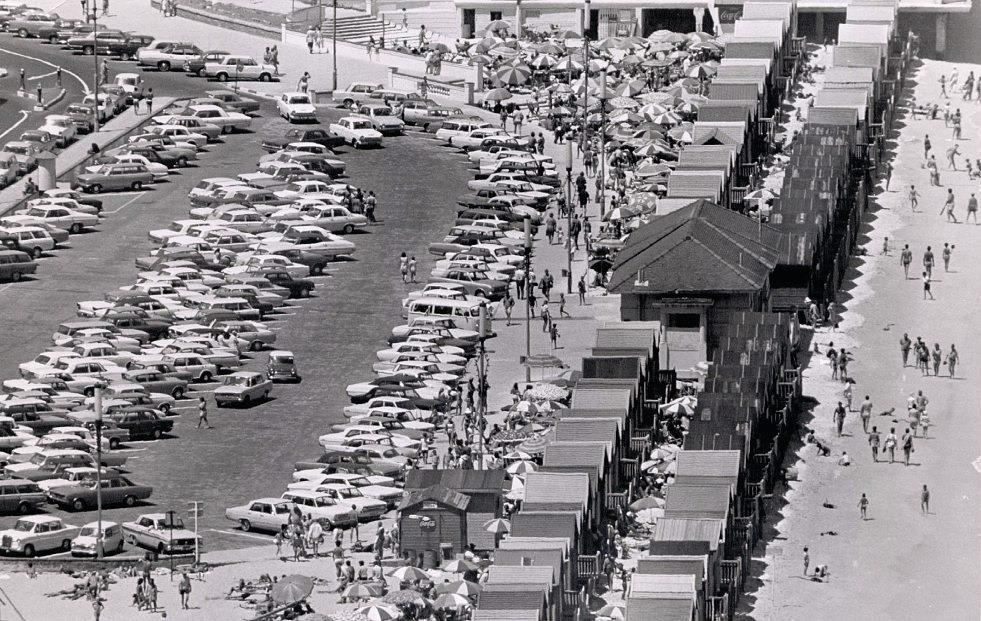The crayon-coloured huts on Muizenberg Beach are an iconic Cape Town landmark, but where do they originate?
In the late 1800s, Muizenberg was a holiday town for the wealthy who had made their fortunes on the gold mines of the Witwatersrand. But after the turn of the century, the town’s character began to change.
Surfing began to take root in South Africa. Situated on the edge of False Bay, Muizenberg became famous for its consistent, even break and started a fever that developed into a culture that defines the town’s character to this day.




 Publications
Publications
 Partners
Partners





